Feeding Hydrangeas
putri.m
13 years ago
Related Stories

GARDENING GUIDESCalifornia Gardener's June Checklist
Update your hydrangeas, catch up on tomatoes and more ways to enjoy your California garden in June
Full Story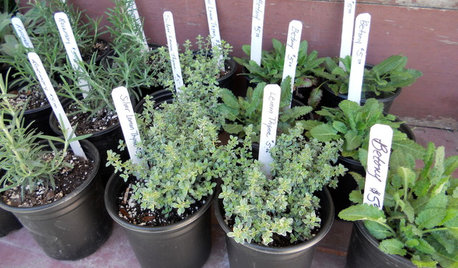
NORTHEAST GARDENINGNortheast Gardener's January Checklist
Feed the bees, support local garden clubs and have fun with natives to get your garden looking its best in 2013
Full Story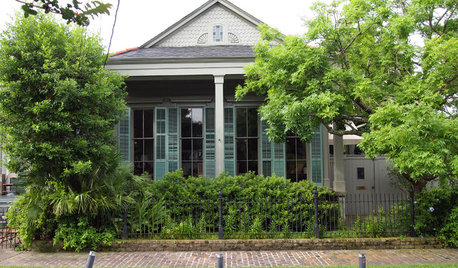
HOUZZ TOURSMy Houzz: Peek Inside an Artist’s Updated Shotgun Home and Studio
Gorgeous art and elegant style befit this New Orleans live-work property
Full Story
INSPIRING GARDENSWe Can Dream: Lush Life on a Historic Normandy Estate
New gardens surround centuries-old buildings on a 10-acre property in France, creating a beautiful haven
Full Story
GARDENING GUIDES6 Plants That Beat Butterfly Bush for the Wildlife Draw
It's invasive, a nonnative and a poor insect magnet. Check out these better alternatives to butterfly bush in the garden
Full Story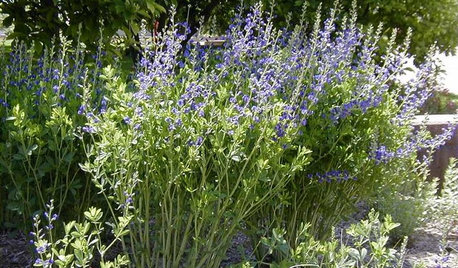
GARDENING GUIDES5 Great Plants for Borders and Screens
Get the effects of a shrub but in less time — and drawing more winged pollinators — with these herbaceous perennials
Full Story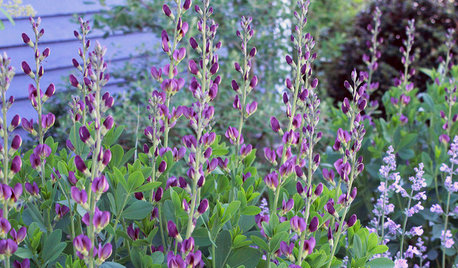
GARDENING FOR BUTTERFLIES7 Native Wildflowers to Make You an Awesome Butterfly Host
Offer the leaves of these and you’ll get more butterflies than with flower nectar alone
Full Story
GARDENING GUIDESHow to Find the Right Native Plants for Your Yard
Find plant maps, sale sites and guides that make going native in the garden easier than ever
Full Story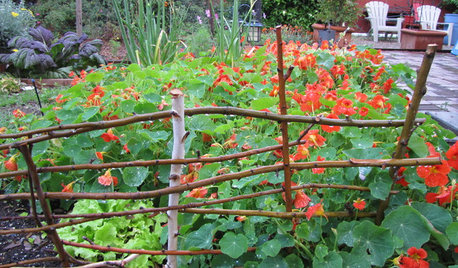
GARDENING GUIDES6 Gift-Giving Gardens for Delights Beyond the Visual
Grow your own natural dyes, snip herbs for home brews and more ... these creative gardens have benefits beyond beauty alone
Full Story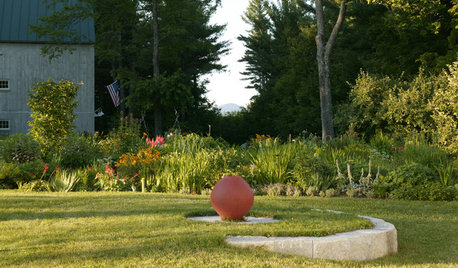
LANDSCAPE DESIGNWhen Less Is Really More in Your Garden
8 ways you can make a powerful garden statement by embracing simplicity and surroundings
Full StoryMore Discussions






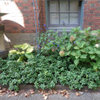
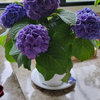
luis_pr
gardengal48 (PNW Z8/9)
Related Professionals
Eden Prairie Landscape Architects & Landscape Designers · Blue Springs Landscape Contractors · Cedar Hill Landscape Contractors · Fort Wayne Landscape Contractors · Lynn Landscape Contractors · Merced Landscape Contractors · Norristown Landscape Contractors · North Canton Landscape Contractors · Wanaque Landscape Contractors · Farmington Siding & Exteriors · Lincolnwood Siding & Exteriors · Millburn Siding & Exteriors · Plano Siding & Exteriors · San Jacinto Siding & Exteriors · Shoreline Siding & Exteriors